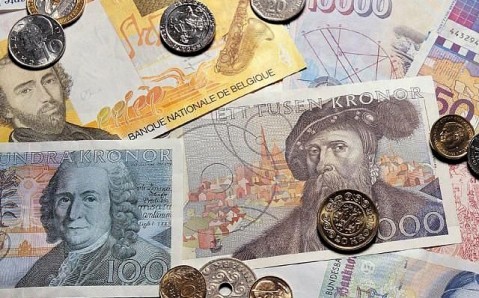Genoese Fortress
In the Middle Ages Feodosiya's Genoese Fortress was one of the most powerful fortification systems in Europe. Over time it lost its former grandeur and impregnability, but even today its threatening towers and walls, standing in different parts of the town, make a strong impression.
The massive defensive complex was built here in the 14th century by the Genoese, which needed to protect their largest property in Crimea - Kafa (former name of Feodosiya). The fortress was well fortified and had two lines of defensive constructions: inner, or citadel, and outer. Medieval town's administrative center was situated in citadel, which formed a ring around the rocky Quarantine Hill near the Black Sea coast. There were consular castle, mint, bishop's residence, court building (from its balcony consular decrees were announced), as well as storages and shops, for Kafa was an important transit point of international trade. Citadel's solid walls were up to 718-meter long, 11-meter high and 2-meter wide.
The outer defensive belt consisted of 26 towers and walls that connected them, stretching for 5,5 kilometers. According to Genoese tradition, each tower had its own name derived from the governing consul's name, or from one of Popes' names. The fortress's walls also had several land and sea gates to Kafa. A deep ditch filled with water was dug around the fortress for extra defense. It was multifunctional: being a defensive construction, it also served as a channel for directing storm overflows into the sea.
In the late 18th century - after Crimea's annexation to the Russian Empire - the fortress lost its defensive importance and many of its buildings were pulled down. The largest Genoese Fortress's fragment that remained until now is citadel's southern wall with gates and two towers: the St. Clemens and the Crisco. The first one protected citadel's gates and was named in honor of the Pope Clemens VI, who sponsored fortress's construction. The second one - the Crisco Tower - served for fortification of wall's central part.
Not far from the citadel - near the Back Sea - there is the Dock's Tower that used to defend town's eastern part and served as a sea gate. There are also remains of Turkish baths, bridge and few churches of the 14th century near it.
Several more medieval fortress's towers can be seen in different parts of Feodosiya. One of the most interesting and best preserved towers - the Tower of St. Constantine - is situated in the 'Ubileiniy' Park at the seafront. Today it is considered to be Feodosiya's trademark and architectural symbol.
Getting here. You can take a route bus №1 (bus station 'Most'). A stroll from the town's center won't take more than 15-20 minutes.

 Crimea
Crimea









